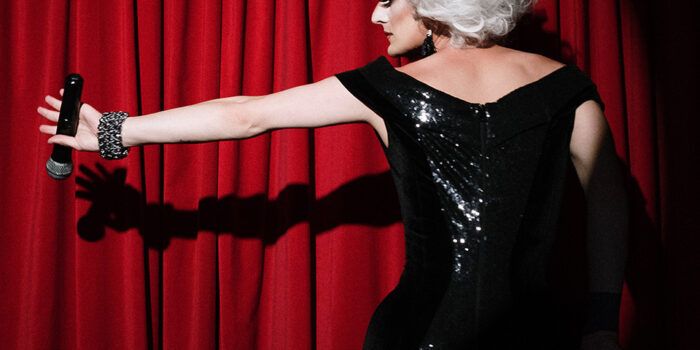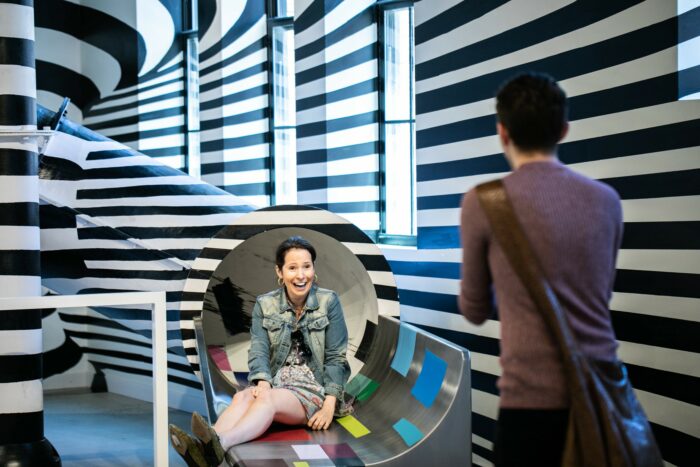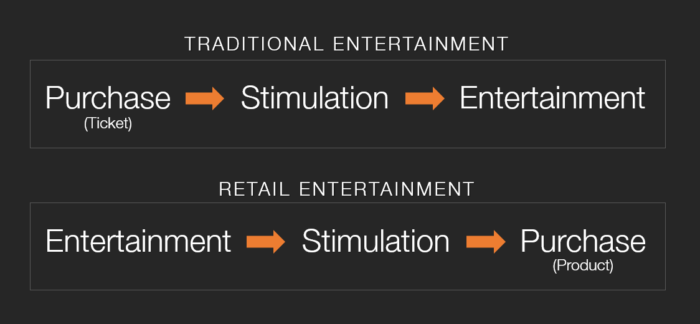There was a time not so long ago when chatbots were just fun internet toys – shortform entertainment for anyone who happened upon them, testing the capabilities of a machine’s ability to engage in dialogue on par with human conversation. Now over the last year and a half, following the release of large language models (LLMs) like ChatGPT, Claude, Gemini and countless others, the public discourse around these language models has shifted dramatically. The fear of machine intelligence replacing human effort is no longer confined to conspiracy theorists and technology professionals. Alongside this fear are new ethical challenges concerning environmental impact, knowledge sources and the rapid pace of AI development that seems to outstrip the ability to fully comprehend its implications. AI has permeated society’s stream of consciousness, setting off a rising degree of unease much like any other major technological advancement would. This concern is valid for many reasons, both already discussed and some yet to be considered. What is abundantly clear is that the world must adapt swiftly to accommodate the AI revolution.
In the world of public relations, communications and experiential agencies, a unique opportunity exists to take advantage of this new technology to its fullest. The need for complex problem-solving, creativity, persuasion and astute awareness means event professionals are unlikely to be replaced anytime soon. While many industries stand to benefit from AI, experiential marketers are in a particularly advantageous position. Artificial or machine intelligence, when used as a “prosthesis for thought,” can augment creative and logistical processes, allowing for innovation in ways previously unimaginable. Event professionals can leverage AI not just as a tool but as an extension of cognitive capabilities. This perspective harnesses the potential of large language models to enhance work without succumbing to the fear of obsolescence.
Many articles have speculated on how to apply the use of AI to experiential marketing. Where this outlook falls short is ironically the specificity. The widely available generative AI platforms or LLMs are akin to interactive search engines and the default response is generalized, as they are trained on wide berths of data without any specialization. This means that the quality of the response is up to the user, who must fuel the AI with adequate prompts to get it to work the way they need. The key is understanding that AI is a human-led tool, not the other way around.
Here are some guidelines to optimize your prompts:
- Ethics – using generative AI in a professional setting requires a higher level of ethical consideration. AI will not consider the impact of its output past the general guidelines programmed into it. It is easy to create a bubble of bias when prompting a generation, so always scrutinize your prompts to reflect an output free of self-interest or exclusion.
- Refine – never decline. Every response is mechanical, no matter how human it sounds. Frustrations may emerge when the output doesn’t match the input. It will be tempting to type in “no, do it this way”, but this only prompts the AI to build on what is already there. It is challenging but avoid cluttering the context and aim for more specificity as the “conversation” moves along.
- Identity – the standard response from generative AI is a composite. Clarify the level of expertise you want from the AI to help establish both a baseline of knowledge and tone.
- Depth – after marking the perspective of the output, you can also make it clear how much or how little of a response you want. There are varying advantages and disadvantages to every degree of depth you may ask for, but ultimately the best practice is to request open-ended responses that allow the user to develop further ideas.
- Details – there are three categories of detail that determine the output quality: research materials, audience demographics and output format. Most platforms allow you to upload documents and resources found beforehand, including images, videos and audio files. Demographics are tricky, so refer to the first guideline regarding ethics. AI’s knowledge base is governed by human input, so it has the capacity for harmful bias. Lastly, being able to choose output format is one of the best features of generative AI. Of course this is dependent on the platform, but you can and should always specify how you want to receive your response. Lists, essays, songs or pictures – the choice is yours.
Following this method to develop your AI prompts won’t guarantee success, but it will certainly streamline its effective use. With these in mind, the limits of AI are far from the ends of any individuals (or agency’s) imagination. This is truly a momentous time for human creativity! So, get online and type toward your dreams.




